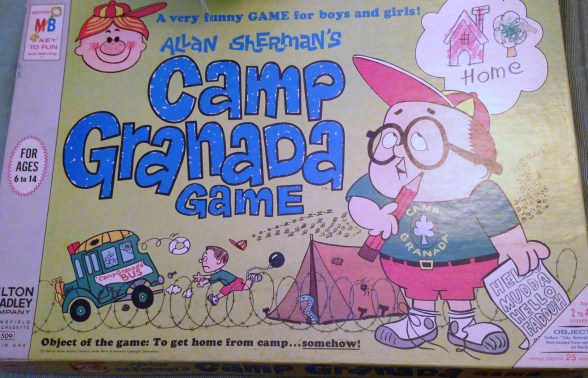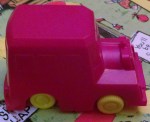 Honesty, I have mixed feelings about the TV series All in the Family, probably because my family let me watch it at much too young an age. On a regular basis, the show assaulted my sensibilities with such concepts as cross burning and attempted rape. I can’t imagine letting my 10-year-old listen as a stream of racial epithets pour forth from the TV–but, thankfully, she doesn’t live in a world where she hears those words on a regular basis from relatives, as I did. Along with my parents’ guidance, All in the Family did reinforce to me how ridiculous racism was, and for that, I’m grateful.
Honesty, I have mixed feelings about the TV series All in the Family, probably because my family let me watch it at much too young an age. On a regular basis, the show assaulted my sensibilities with such concepts as cross burning and attempted rape. I can’t imagine letting my 10-year-old listen as a stream of racial epithets pour forth from the TV–but, thankfully, she doesn’t live in a world where she hears those words on a regular basis from relatives, as I did. Along with my parents’ guidance, All in the Family did reinforce to me how ridiculous racism was, and for that, I’m grateful.
Though most of the show’s characters creeped me out to varying degrees, I always loved Edith. She reminded me a lot of my beloved maternal grandmother–naive, confused, but kind-hearted. As a child, I was shocked when I first heard Jean Stapleton interviewed and realized she didn’t talk like Edith. It produced an early epiphany about how convincing acting can be.
I’m featuring this game in Jean Stapleton’s honor.
This Week’s Game: The All in the Family Game, Milton Bradley
Copyright Date: 1972
Recommended Ages: 10 to Adult
Object: “Guess Archie’s Answers”
Game Play: One person acts as “the MC” and asks questions from the game booklet. Players write their answers down on slips of paper and pass them to the MC. When the responses are read aloud, players earn points by guessing which player gave each answer. The MC also reads Archie’s answer to each question (or, in some cases, Edith’s answer). Players who matched that answer get an extra point.
“Clever or unexpected responses often throw the party into peals of laughter,” the game box assures us. I can imagine that might be true, but the “official” answers from Archie and Edith aren’t exactly uproarious. Some examples:
How do you feel about being a sex symbol?
Archie: If the shoe fits–why take it off?
With my background, I should be a…
Archie: Boss over something.
What’s with hips?
Archie: They should be watched.
What do you think of Bangladesh?
Edith: I never played that game.



















































